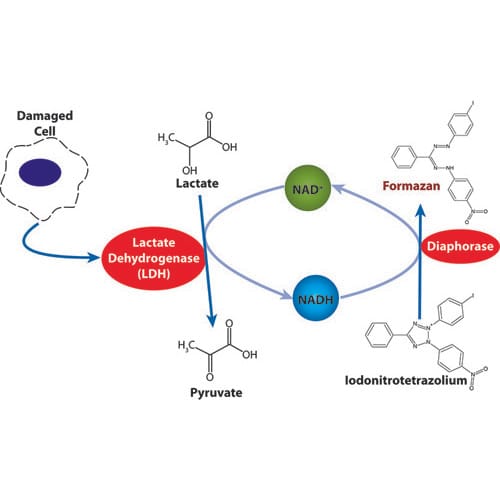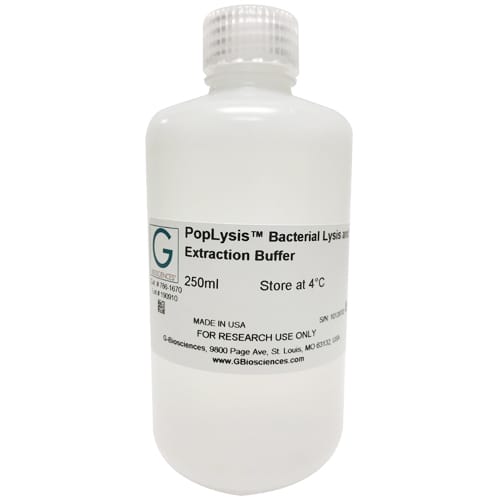With more than one million cases in 208 countries and territories around the world, the scientific and medical communities are on a race against time to find a viable prevention and treatment plan for the novel coronavirus (SARS-CoV-2) and its associated disease, COVID-19, which has already claimed tens of thousands of lives to date. This challenge has led them to focus on how the virus breaks into human cells.
How Does the Coronavirus Infect Target Cells?






